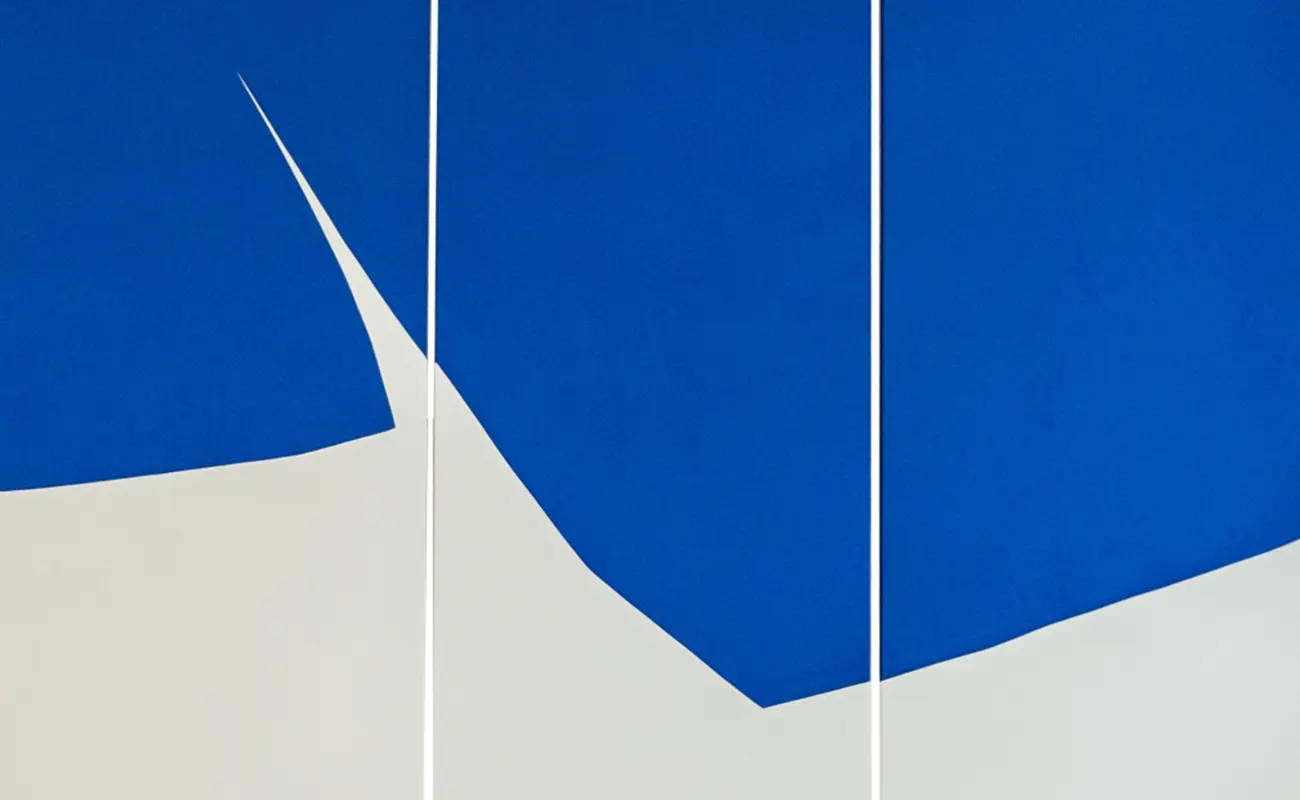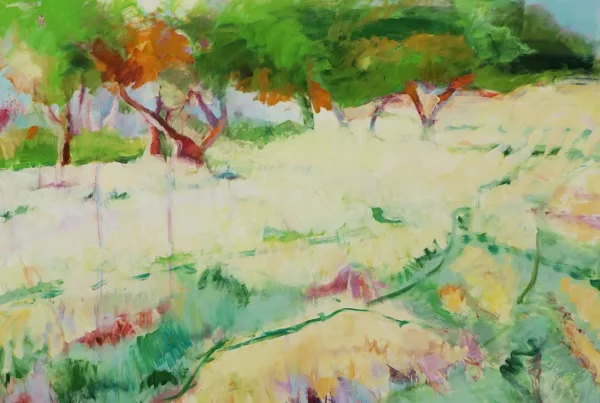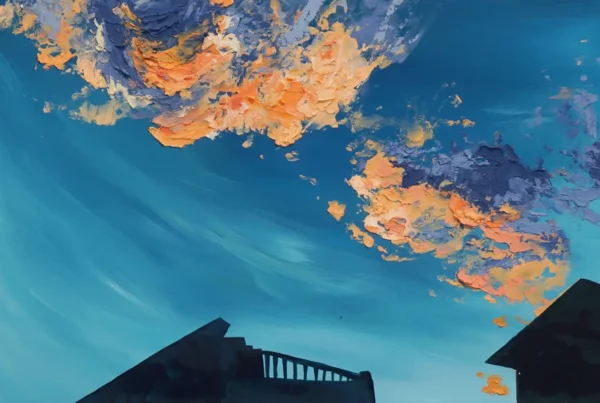Roots and Inspirations
Ludovic Philippon‘s journey as an artist is deeply intertwined with his origins and the places he has called home. Born in Rochefort sur Mer, a locale steeped in cultural richness and historical significance, Philippon was surrounded by a milieu that cherished art and intellect, resonating with the legacies of Maurice Merleau Ponty and Pierre Loti. This early environment nurtured his budding interest in the arts, instilling a sense of curiosity and a penchant for exploration that would later define his artistic endeavors. Now residing in Quissac, in the serene Gard region, Philippon finds himself in an equally inspiring setting. The tranquil landscapes and the vibrant natural beauty of Quissac offer him a sanctuary, a space where his creativity can flourish unimpeded, allowing him to delve into his art with a clear mind and a focused vision.
The transition from the historical and cultural backdrop of Rochefort sur Mer to the idyllic tranquility of Quissac symbolizes a journey of personal and artistic evolution for Philippon. Each place, with its unique characteristics and ambiance, has contributed distinctively to his artistic vocabulary. Rochefort sur Mer provided a foundation of cultural depth and historical awareness, while Quissac offers a canvas of natural beauty and peace, essential for his creative process. This blend of influences is evident in his works, which resonate with a sense of place and memory, bridging his past and present to create art that speaks not only to his journey but also to the universality of human experience in interaction with our environments.
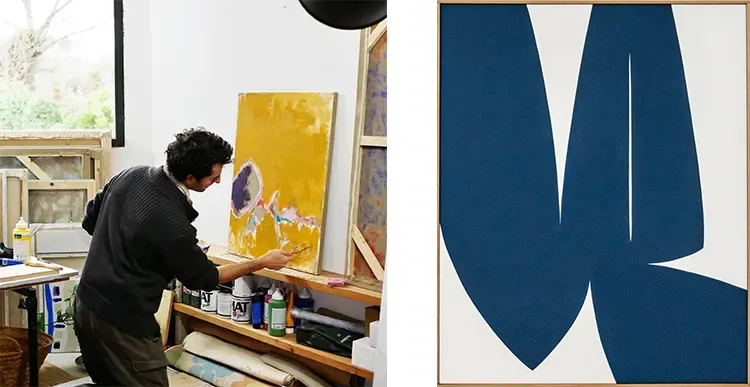
Ludovic Philippon: From Architecture to Art – A Seamless Transition
The metamorphosis of Ludovic Philippon from an architect to a painter is a tale of passion transcending professional boundaries. His academic tenure in architecture and philosophy at ENSA Montpellier laid the groundwork for a deep understanding of space, form, and conceptual depth, culminating in a thesis that probed the intricate relationships between time, space, and habitation. This architectural sensibility, with its emphasis on structure, composition, and the nuanced interplay of elements within a space, seamlessly transitioned into his artistic practice. Painting became the medium through which Philippon could explore these themes more fluidly, unbound by the practical constraints of architecture, yet informed by its principles.
The influence of his architectural background is palpable in Philippon’s artistic approach, where space and form are not merely aesthetic considerations but are imbued with meaning and intent. His paintings reflect a meticulous consideration of composition, where every line, shape, and color is deliberate, contributing to a cohesive whole that transcends its parts. This architectural underpinning lends a unique dimension to his art, where the viewer is invited to engage not just with the visual elements but with the underlying structures that give his works their form and character. Through his paintings, Philippon continues to explore the themes central to his architectural studies, yet with a newfound freedom and expressivity that painting affords, allowing him to communicate with his audience on a more intimate and visceral level.
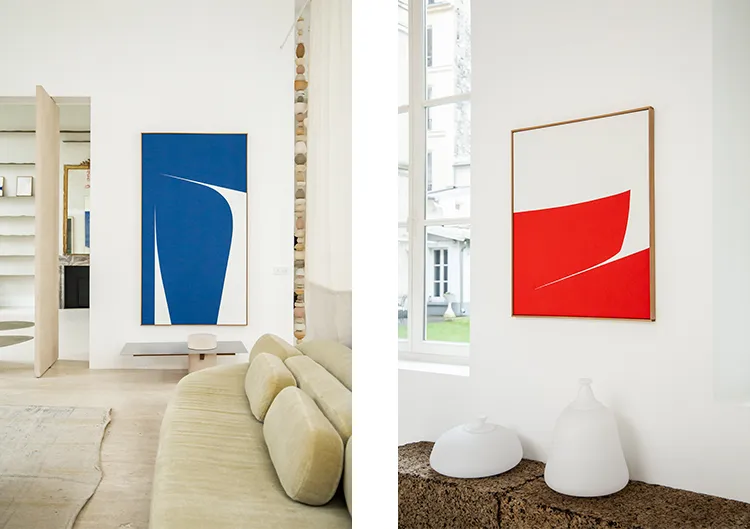
Ludovic Philippon: Harmonizing with Nature’s Palette
The serene setting of Ludovic Philippon’s studio, nestled near the Cévennes, plays a pivotal role in shaping his artistic expression. The tranquil surroundings are not merely a backdrop but a constant source of inspiration and introspection for the artist. This deep connection to nature and its calming influence is reflected in Philippon’s minimalist and monochrome style, where the simplicity of form and the purity of color capture the essence of the natural world. The landscapes around him, characterized by their subtle nuances and understated beauty, inform his approach to painting, encouraging a focus on the essential elements of art—form, color, and space—stripped of any superfluous detail.
Philippon’s creative process is a testament to the symbiosis between artist and environment. The peacefulness of his setting allows him to delve into a meditative state, where his creative energies can flow unimpeded, enabling him to explore the depths of his artistic vision. This intimate relationship with his surroundings fosters a unique style of painting that resonates with the tranquility and purity of the natural world. His works, characterized by their minimalist aesthetic and monochrome palette, invite the viewer to experience a sense of peace and introspection, mirroring the artist’s own journey in creating them. Through his art, Philippon not only captures the beauty of his environment but also offers a window into his own creative soul, influenced and nurtured by the serene landscapes of the Cévennes.

A Dialogue of Color and Form
Ludovic Philippon’s artistry is marked by a distinctive style that emphasizes the power of color and the elegance of simplicity. Drawing inspiration from luminaries like Nicolas de Staël, Ellsworth Kelly, and Richard Serra, Philippon’s work is a testament to the profound impact that minimalist, monochrome art can have on the viewer. His approach to color is both restrained and vibrant, employing bold, solid hues against neutral backgrounds to create pieces that are visually striking yet imbued with a sense of calm and balance. This deliberate use of color reflects Philippon’s desire to evoke emotion and invite contemplation, allowing the viewer to connect with the artwork on a deeper, more personal level.
The artist’s philosophy on color extends beyond mere aesthetic choice; it is a crucial element in his exploration of form and space. Philippon’s paintings are not just about the colors themselves but about how these colors interact with the canvas and with each other, creating a dynamic visual tension that is both engaging and thought-provoking. His use of negative space and careful consideration of the canvas’s edges further accentuates the importance of form in his work, creating compositions that are as much about what is left unsaid as what is explicitly depicted. Through his thoughtful approach to color and form, Philippon invites the viewer to explore the interplay between the two, encouraging a dialogue that goes beyond the surface to uncover the underlying narratives and emotions that drive his art.



